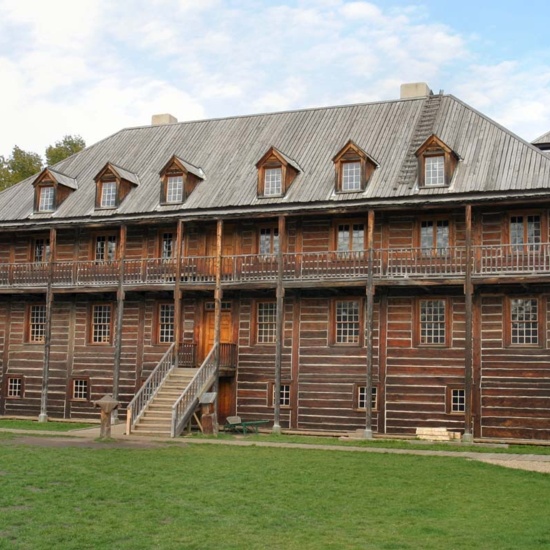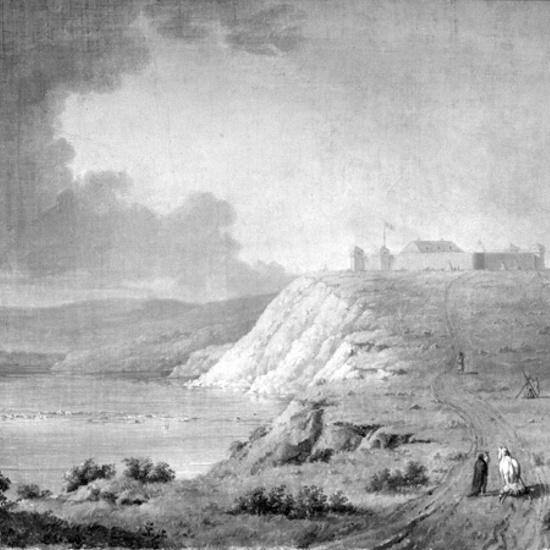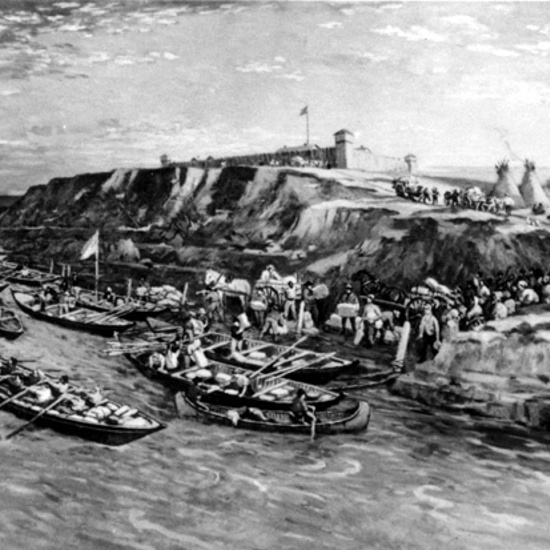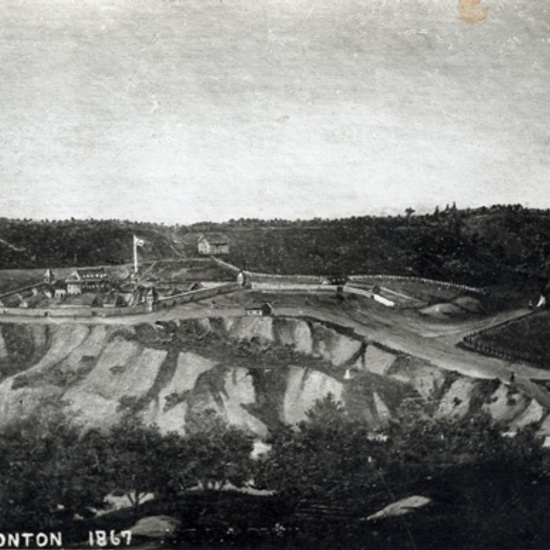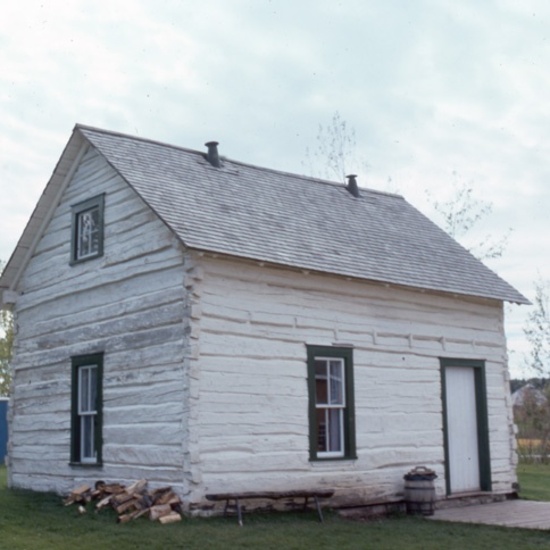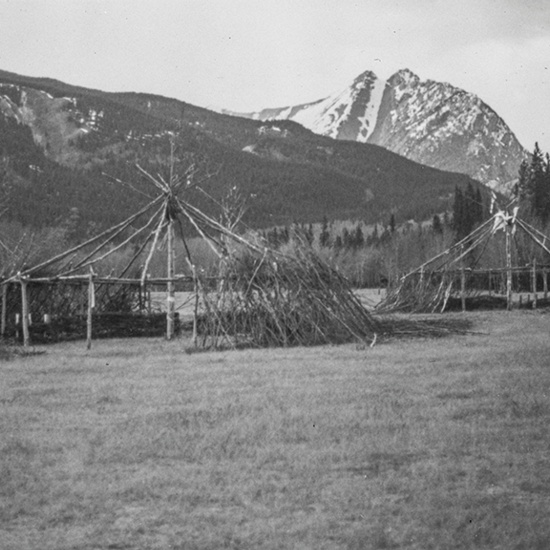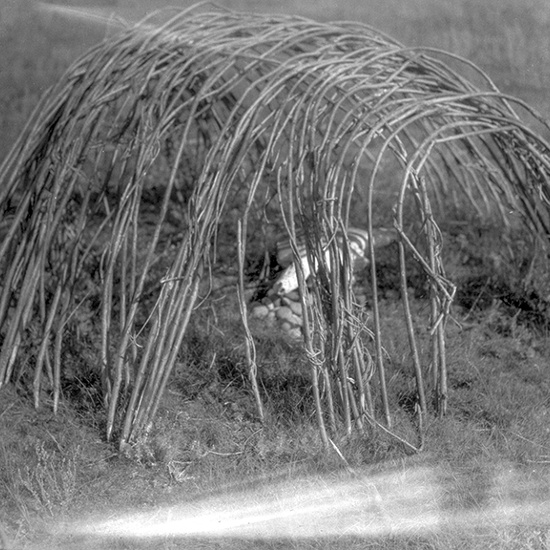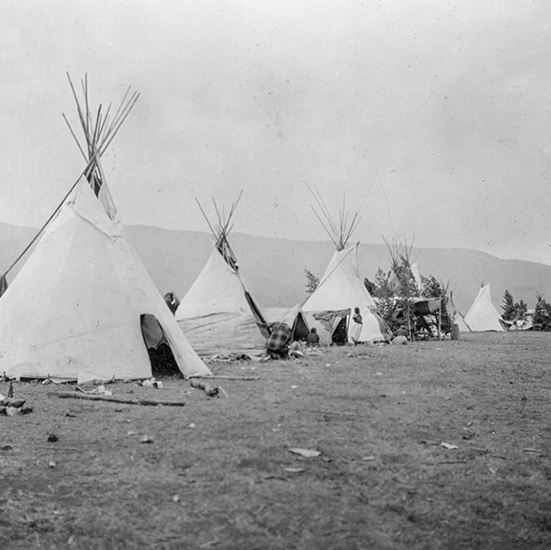Pre-Contact and Fur Trade: 11,000 BCE to 1870
Indigenous Peoples have called this area home for millennia. Many trace their origin stories to being of the lands of Turtle Island, and denounce other theories of migration. One certainty is that Settlers did not arrive in the West until commerce and the need for raw materials drove them to expand.
Indigenous Peoples have called this area home for millennia. Many trace their origin stories to being of the lands of Turtle Island, and denounce other theories of migration. One certainty is that Settlers did not arrive in the West until commerce and the need for raw materials drove them to expand.
Historical Context
Many Indigenous Nations, including the Cree, Chipewyan, Beaver, Nakoda, and Blackfoot gathered along the banks of the North Saskatchewan River to trade with one another and to participate in religious and political ceremonies. The Beaver Hills area was part of a complex trading system that stretched throughout Canada and North America. These trading routes and systems not only allowed for the exchange of goods, but also the transference of knowledge and practice. It would only seem natural that the exchange of architectural approaches would have also been included in that trade. For millennia, these complex societies co-existed and thrived from coast to coast, living in harmony with nature and with laws founded in mutual respect.
In the early years, Europeans survived on the prairies due to the good will of the Indigenous Peoples, who far outnumbered them. However, as interest in Canada’s west increased, the introduction of disease and policy decimated Indigenous populations and the balance of power began to shift. While some of the outcomes of Contact were unintentional, the policy of displacement of Indigenous people was very much intentional. of The Dominion government would soon enter into Treaties, and open the land to settlement. Canada, the provinces and citizens are very much recipients of these hard truths, and the Indigenous people still face systemic discrimination today.
By 1869 Canada purchased Rupert's Land and the North-West Territories from the Hudson’s Bay Company (HBC). An agreement that was devoid of Indigenous participation and would start in motion the growth of Edmonton beyond the Fort.
Traditional Structures
Although First Nations Peoples living on the plains are known to have maintained their land through growing crops and landscape manipulation, they also engaged in a pattern of movement by following seasonal sources of food and other resources. Since travel was such an essential part of life, shelter had to be temporary, transportable, and incorporate available materials.
The resulting structure was the tipi. These innovative and highly practical structures used locally available materials like buffalo hides and wooden poles, and were small enough to be transported easily. Tipis were also designed to adapt to changing conditions such as cold winters, wind, and hot, bug-infested summers. The architecture involved in the erection of a tipi involved advanced geometry and arithmetic, which allowed the lodging to serve as not only housing, but many other uses vital to everyday life. Other structures that existed were semi-permanent ceremonial lodges which were constructed using complex manipulations of readily available resources.
As fur traders arrived, structures were built using wood and mud, but were mostly based on European building techniques. Materials and supplies were still required to be shipped from the more established settlements to the east. Finally, after some trial and error, forts that were more adapted and suited to the region were built and continually improved upon.
Development of the Fort
The HBC, and their rivals the North West Company (NWC), established a series of trading posts throughout the 1700s. These developed initially from small scale operations, with traders making short trips upriver from the more established posts into semi-permanent “log tents” that allowed a few traders to spend the winter. In 1795, more permanent developments occurred with the building of the NWC Fort Augustus, followed quickly by HBC’s Edmonton House.
Both posts were built close to each other and were located at the mouth of the Sturgeon River near modern-day Fort Saskatchewan. The Fur Trade fueled expansion of the HBC-NWC through the 1820s, but by the end of the decade Fort Edmonton was becoming over-crowded. Serious floods in 1825 and 1830 caused construction to begin on a new fort higher up the bank close to where the Alberta Legislature now stands.
Details
Duration
11,000 BCE to 1870
